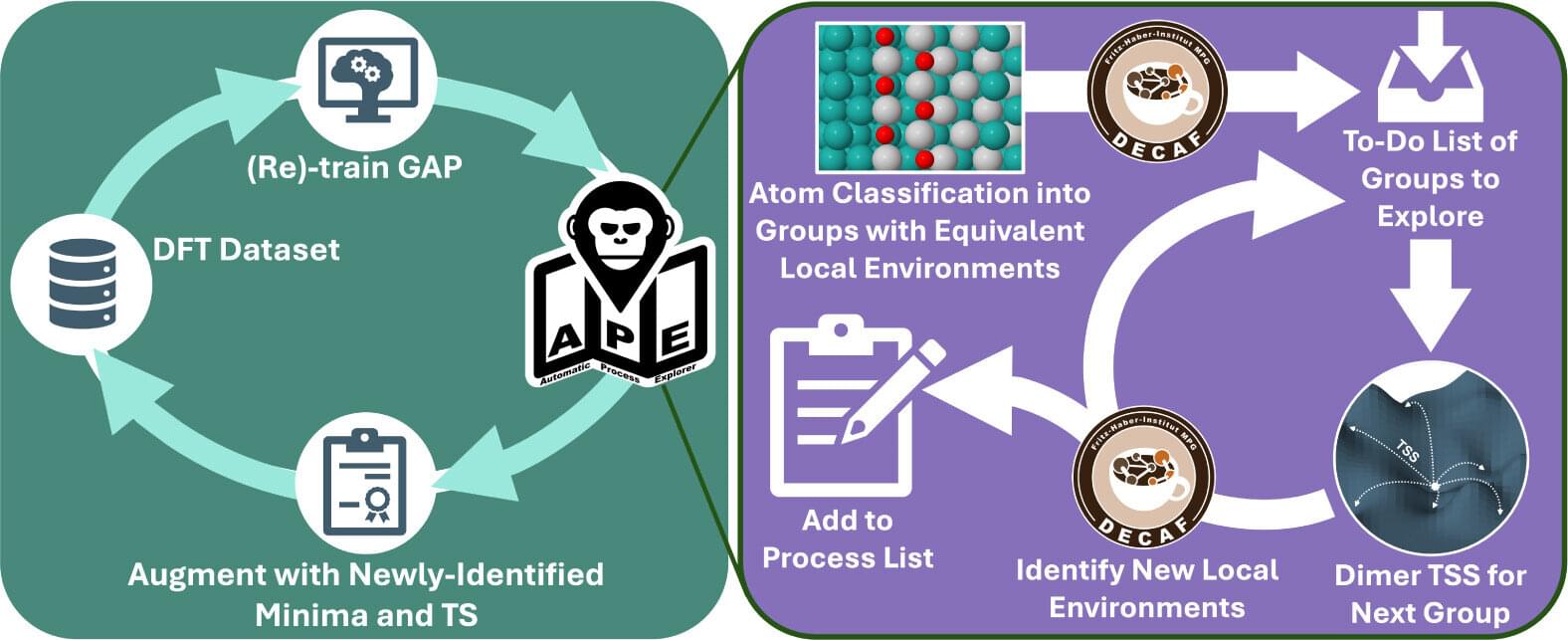A team of AI researchers at Palisade Research has found that several leading AI models will resort to cheating at chess to win when playing against a superior opponent. They have published a paper on the arXiv preprint server describing experiments they conducted with several well-known AI models playing against an open-source chess engine.
As AI models continue to mature, researchers and users have begun considering risks. For example, chatbots not only accept wrong answers as fact, but fabricate false responses when they are incapable of finding a reasonable reply. Also, as AI models have been put to use in real-world business applications such as filtering resumes and estimating stock trends, users have begun to wonder what sorts of actions they will take when they become uncertain, or confused.
In this new study, the team in California found that many of the most recognized AI models will intentionally cheat to give themselves an advantage if they determine they are not winning.






